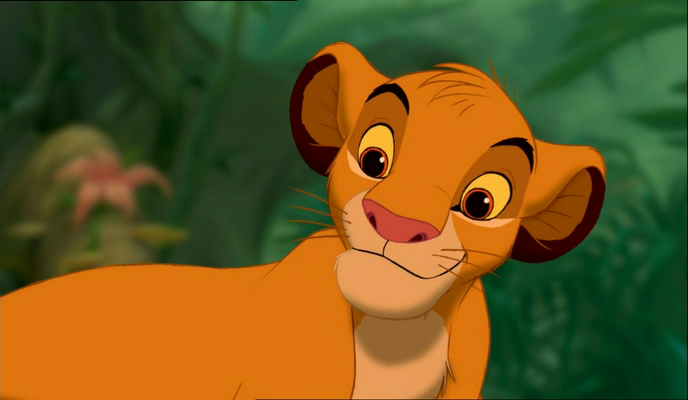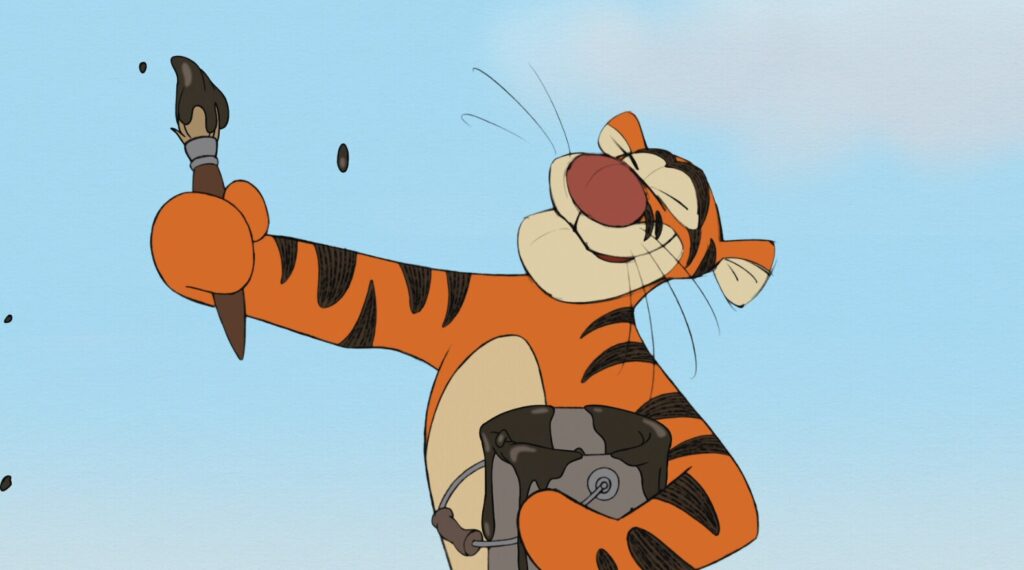Disney Characters and Mental Health
Disney flicks often dip their toes into all sorts of motifs, including the brainy stuff. Here’s a peek into characters that connect with different mental health situations, giving us a little something to chew on about these important topics.
PTSD

Simba from “The Lion King” gives us vibes of Post-Traumatic Stress Disorder (PTSD) after he watches his pops, Mufasa, bite the dust. This poor lion cub ducks memories and lives with the shadows of what he saw. His story is really a teachable moment about the hoops those with PTSD gotta jump through.
ADHD

Tigger in “Winnie the Pooh” is ADHD in a nutshell. He bounces like there’s a spring in his step, can’t stick to any one thing, and makes snap decisions. Tigger offers a bouncy take on ADHD, showing why a bit of understanding and patience goes a long way.
Depression

Elsa from “Frozen” sings the blues with her Major Depressive Disorder (MDD). She’s all about the ice-cold seclusion, identity crises, and that ‘nobody gets me’ vibe. Elsa’s tale shows why having your tribe’s got your back is such a big deal.
Anxiety
Alice in “Alice in Wonderland” gets tossed into a wacky world that screams anxiety vibes. Though it’s not set in stone, her wild journey through bizarre lands full of hallucinations and kooky events can strike a chord with anyone who’s ever faced the whirlwind of anxiety.

| Character | Movie/Show | Mental Situation |
|---|---|---|
| Simba | The Lion King | PTSD |
| Tigger | Winnie the Pooh | ADHD |
| Elsa | Frozen | Depression |
| Alice | Alice in Wonderland | Schizophrenia |
Schizophrenia
Alice’s adventures in “Alice in Wonderland” can seem a lot like Schizophrenia. Her crazy jaunts through trippy lands and meeting oddball characters really do echo things like hallucinations and delusions. Her odyssey gets people yapping about reality, grit, and seeking truth.

And then there’s Rapunzel from “Tangled,” caught up in Stockholm syndrome thanks to being swiped and controlled by Mother Gothel. It’s the backdrop of gaslighting, guilt, and fear, spotlighting the psycho whammy of nasty parenting (Sunway Echo Media).
Snoop around for other Disney character lists like Disney characters with black hair or ones starting with a “K” for more deets on the kaleidoscope of characters Disney’s wrapped up in.
Social Messages in Disney Films
Disney movies aren’t just about catchy songs and talking animals, they’re a masterclass in slipping those deeper life lessons right under your nose. Two of the biggies they tackle are family and love—sounds cheesy, but hey, it’s Disney, what’d you expect?
Family Representation
A deep dive into 155 animated Disney flicks from way back in 1937 to 2020 found that over half of them—63% to be exact—kind of ghosted the main character’s mom and dad (University of Houston). Now why does Disney keep hitting us with orphans and AWOL parents? Could be they’re nudging us to rethink what ‘family’ means.

Recently, though, Disney’s been mixing it up with more parents showing up and families that look less nuclear and more “extended universe.” This shift helps kids see that family isn’t just about who’s in the house—it’s the love and bonds, whether you’re all crammed into one house or spread out like the cast of “The Lion King.”
| Era | Parental Visibility (%) |
|---|---|
| 1937-2010 | 37% |
| 2011-2020 | 75% |
And let’s not forget those heart-wrenching scenes like when Scar took on Mufasa in “The Lion King.” Conversations starter, for sure. Parents and therapists use moments like these to kick off chats about big stuff—like grief, rivalry, and who eats who in the circle of life.
Love and Social Values
Disney’s big on love—not just the prince-charming kind. Nearly three-quarters of their films (73%) put love on a pedestal, whether it’s learning to love yourself, your neighbor, or your beast. Only 27% are weighing in on moral values and what’s right or wrong. It shows kids how to tackle issues like racial diversity and accepting folks from different backgrounds.

The more recent tales are swapping out fairytale romance for themes on different loves—like the kind you got with your mom, your best bud, or even that annoying sibling. This is great for driving home that love’s a many-splendored thing—not just a happily-ever-after deal.
| Focus Area | Percentage (%) |
|---|---|
| Love Oneself and Others | 73 |
| Morality and Social Values | 27 |
Curious about Disney characters who don’t fit the mold? Check these out:
- Disney characters with brown hair
- Disney characters with glasses
- Disney characters with black hair
- Disney characters with curly hair
With everything from talking lions to princesses with legendary hair, Disney characters take viewers on journeys filled with lessons on love, family dynamics, and what’s going on socially, all while keeping the popcorn coming and the tunes playing.
Learning from Disney Characters
Coping Mechanisms
Disney’s lovable crew provides more than just entertainment; they showcase ways to handle life’s tough moments. Take Elsa from “Frozen,” for instance. Her retreat into a frosty isolation and the heavy burden of misunderstood emotions paints a picture many can relate to: grappling with issues of self-doubt and identity. Her tale? A lesson on embracing who you are and surrounding yourself with love and support.

And then there’s Rapunzel. With her waterfall of blonde hair and lively spirit, she dances between high-energy mania and the shadow of anxiety. Her adventure sheds light on ways anxiety can be a balancing act against manic episodes, urging all to master the art of emotional balance. These narratives nudge folks to lean on others and indulge in a bit of self-care.
| Character | Coping Mechanism | Source |
|---|---|---|
| Elsa | Self-acceptance and support | West Georgia Wellness Center |
| Rapunzel | Managing anxiety and mania | Tumblr |
Psychological Growth
Disney tales don’t just stop at teaching us how to cope; they dive into how struggles can morph us into better versions of ourselves. Look at Lightning McQueen from “Cars.” Once a full-speed-ahead narcissist obsessed with glory, he learns the ropes of humility, friendship, and working with others to win the real race—life. His journey is a nod to the importance of the right influences and maturing through experiences.

Nowadays, Disney magic extends into classrooms and living rooms as parents and advisors use them to start conversations about love, friendships, and even tough family talks. Watching these films can help kids grow their minds and hearts.
Recent movies also showcase all sorts of family trees, championing how love lives within various kinships and sibling bonds. Such storytelling opens doors to bigger chats about how we relate to each other beyond blood ties.
| Character | Psychological Growth | Source |
|---|---|---|
| Lightning McQueen | Humility, empathy, teamwork | Sunway Echo Media |
The magical lessons of coping and growing that Disney characters offer can be a treasure trove of tips and moral support for viewers.
For more enchanting characters with unique styles, explore our features on Disney characters with curly hair, Disney characters with black hair, or Disney characters that start with K.

